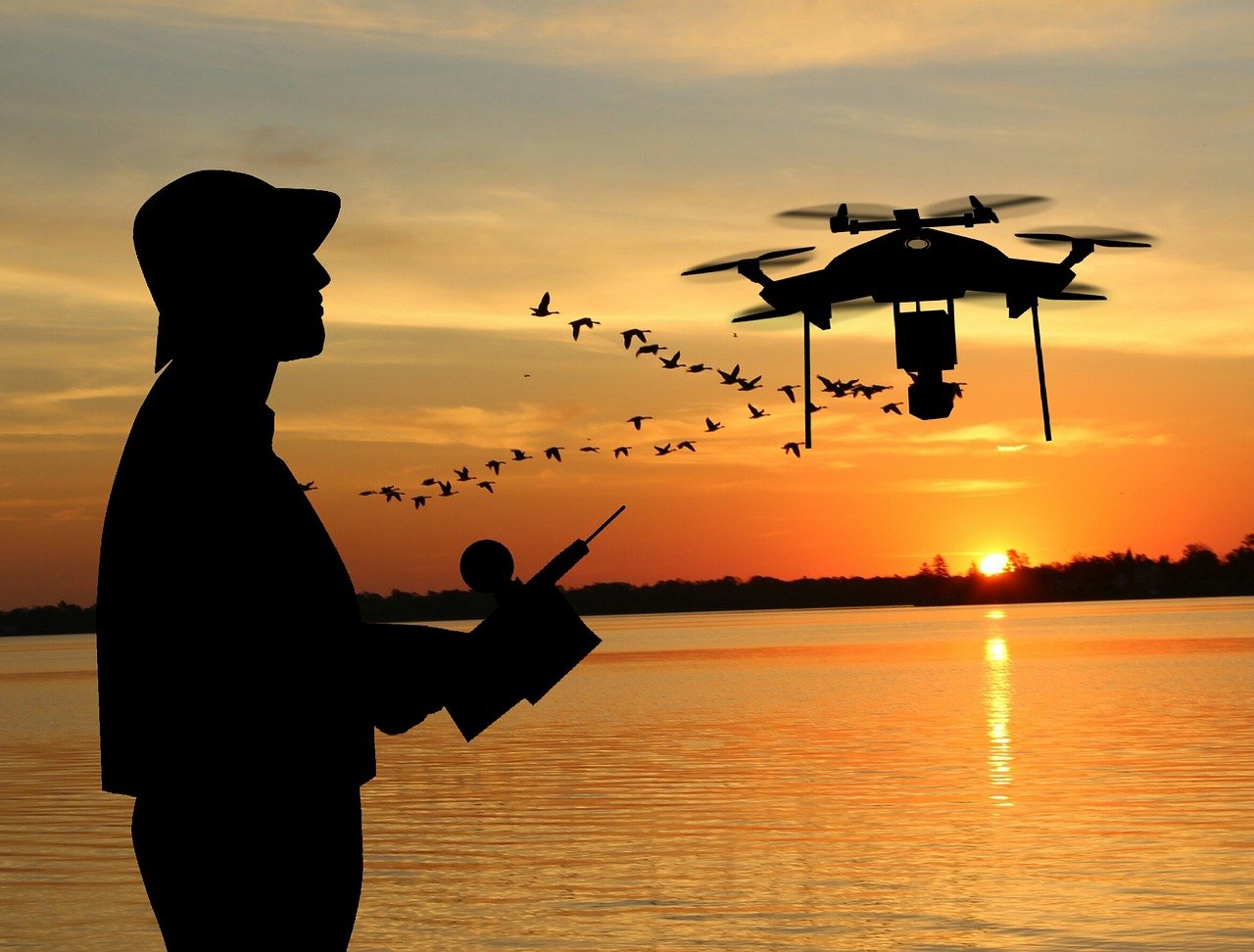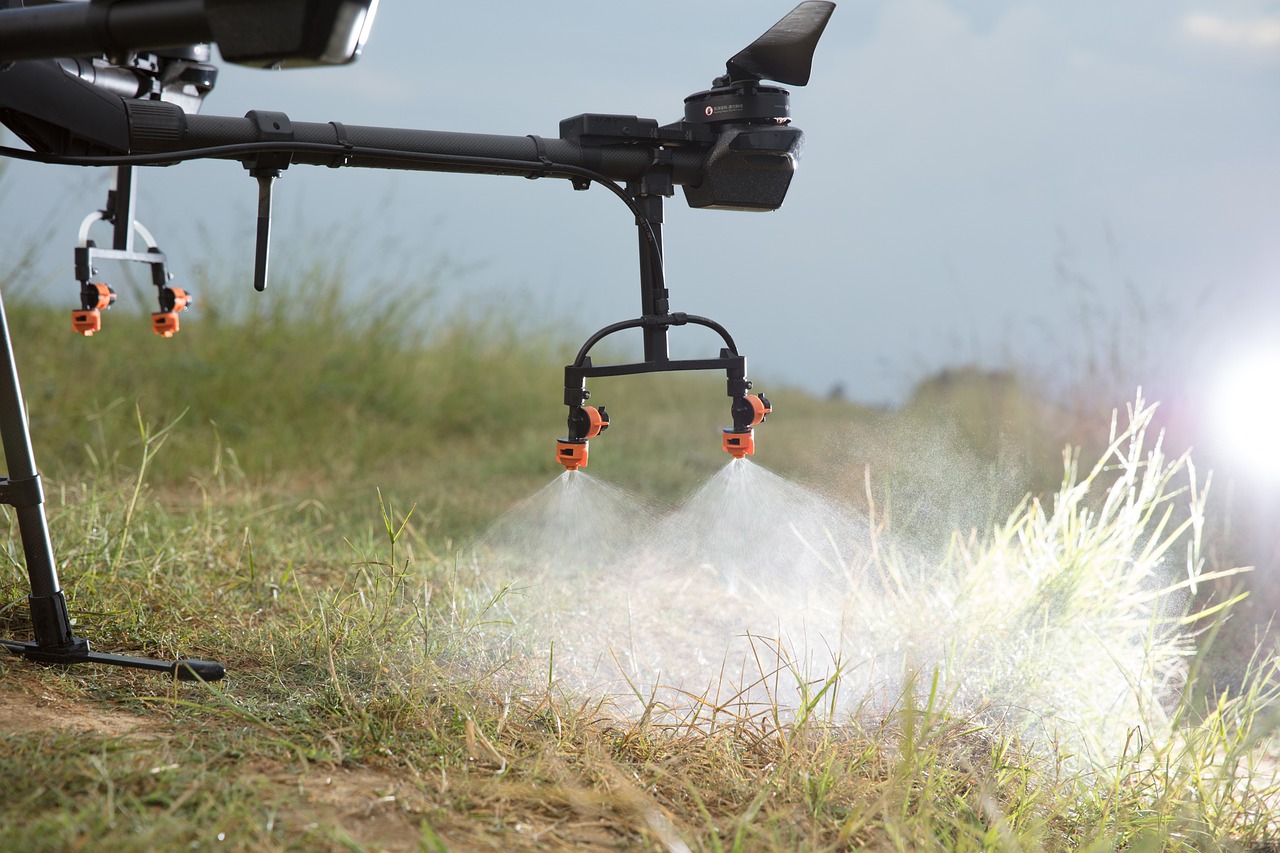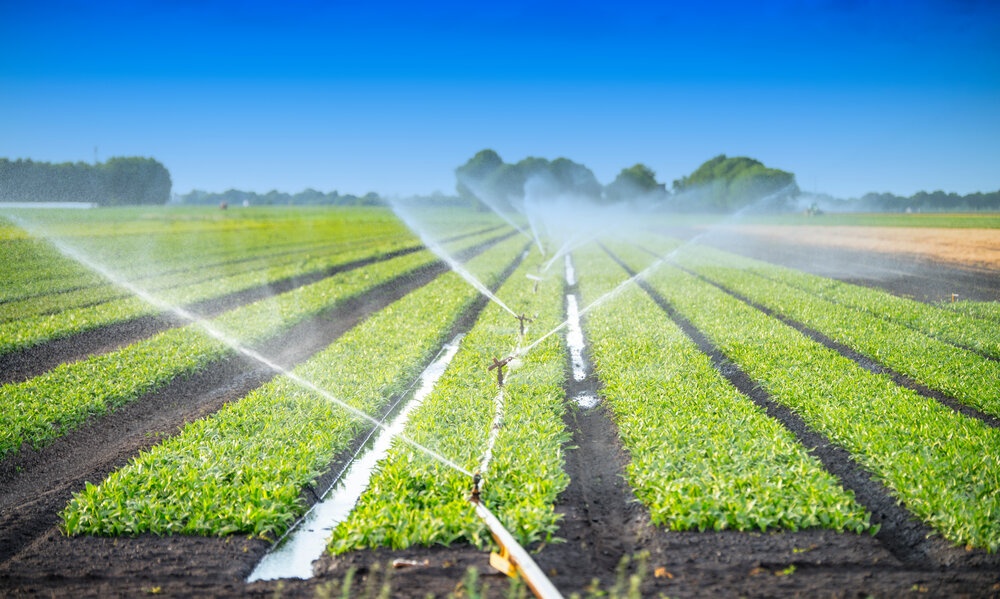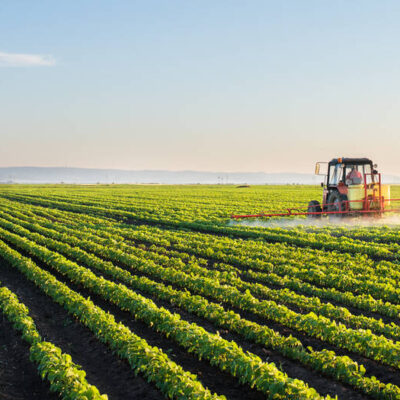Irrigation has been and will continue to be crucial to the survival and well-being of the human race. Without it, industrial and large-scale agriculture would not be viable, and people would not get the food, vitamins, and nutrition they need for a healthy life.
The growing population, global warming, geographical and weather-related issues, and sustainability are putting more and more strain on an already over-stressed agriculture industry. Employing cutting-edge technology is vital in order to maintain and improve crop production. The use of remotely controlled agricultural drones is one such innovation.
The Need to Optimise All Aspects of Agriculture
New farking technology has meant that farmers and operators specialising in large-scale agriculture are able to optimise every element of field preparation and crop growing cycles, including introducing measures to counter the biggest threats to the success of high volume, healthy crops - inappropriate irrigation, pests, and plant disease. It’s all part of the new concept known as “precision agriculture.”
Farmers and managers of businesses turning to precision agriculture have access to new drone technology. It can be put to use to spot problems in all stages of crop cycles, enabling those responsible to take the necessary action.
The Recreational Popularity of Drones

The drones that most people are familiar with are remote-controlled quadcopter flying devices that incorporate cameras.
The Need for Responsible Piloting of Recreational Drones
The recreational use of drones has become more popular of late. While most owners are careful about where they fly their drones, there have been many incidents where they have interfered with the commercial airline industry. One example was in May 2021, when a drone caused 12 inbound flights into London/Gatwick to be redirected. Before that, in December 2018, the airport had to be closed as over the space of 3 days, 100 drone flights were sighted.
To prevent these sorts of incidents, drone owners are encouraged to download CAA Air Navigation Order 2016 – particularly Article 95 on small flying unmanned surveillance aircraft, and be sure to fly their drones responsibly. The article can be downloaded from http://dronesafe.uk/.
Various Uses of UAVs
Drones come under the umbrella term “Unmanned Aerial Vehicles,” or AUVs for short. Apart from recreational use, they are also used for:
- Commercial photography and surveying
- Emergency rescue
- Delivering medicine
- Military operations (attack, defence, surveillance)
- Transportation of cargo
Using Drones for Irrigation Purposes
Drones are not ideally suited for large-scale irrigation itself. The volumes of water needed are excessive and very weighty. So, even though drones like the Griff 300 have a max payload capacity of 235 kg and Griff Aviation is planning a drone with a max payload weight of 800 Kg, using them for straight irrigation is not cost-effective at present.
However, they can perform other important tasks in the irrigation process:
- Drones can be used to get important information about the health of the soil that allowing for more efficient water distribution
- Thermal cameras attached to drones can detect leaks in irrigation systems
How Drones Can Help with Agricultural Processes

Cultivating crops for human consumption needs all the help it can get in order to maximise output and yield. Drones can play an important role. Specifically, agricultural UAVs can also be used to deliver:
- Desiccants
- Fertilisers
- Fungicides
- Herbicides
- Pesticides
Getting the correct blend of the above-mentioned products is a serious challenge for any grower. If too much of some products are applied in any area, it can potentially decrease both the yield and quality of a crop. If not enough is applied, crops can be exposed to disease, pests, weeds, and malnutrition. Detecting such problems early is precision agriculture is becoming more widespread throughout the farming industry, and it applies to both crop and livestock farming.
By using the right drones with the appropriate spraying payloads, UAVs can distribute whatever chemicals are loaded evenly and efficiently without the need for intensive manpower. They can be used to help with the growth and well-being of most crops, including corn, rice, wheat, citrus trees, cotton, and more.
The Environmental Benefits of Drones in Agriculture
As well as covering more ground at a lower price, drones can also provide benefits to the environment. They can distribute pesticides more discerningly, meaning that less quantities of chemicals need to be used.
Reforesting the Planet
Drones can also be used to plant trees. A Canadian company, Flash Forest, uses drones for seeding forests. They claim the process is 10 times quicker when compared to using a single worker with a shovel. Flash Forest’s goal is to plant 1 billion trees by 2028.
Deploying Agricultural Drones for Data Gathering

Drones can also be used to great effect for spotting. In farming this means identifying when crops are showing distress from under or over-watering or spotting the early signs of blight, disease, and attack from pests.
The performance of these types of operations has been made possible by the ongoing development of remote sensing technology. Hi-tech sensors payloads attached to drones can detect radiation at ground level and as a result, can track various things, including the physical characteristics of the ground and crops and the quantity of heat being generated.
With the right sensors onboard, drones can also create two types of maps.
- Red, Green, Blue (RGB) Maps – An RGB map details the area mapped in red, green, and blue pixels. RGB maps are created from images captured by drones that fly in patterns over the landscape. The data is converted into 3D maps by custom software. These RGB maps provide farmers with data that enables them to identify areas where crops are not thriving or that are stressed because they are not receiving enough water or they are under attack from plant diseases or pests. Some growers also make use of RGB maps to plant seeds into the ground based on recommendations from specialist experts at universities or research institutes.
- Normalised Difference Vegetation Index (NDVI) Maps - The type of mapping records how much infrared light is being reflected in an area. It’s an indication of malnourishment and drought. Gro Intelligence advises that this type of data can be interpreted to spot potential problems with crops two weeks before any physical warning signs appear. This can be an enormously invaluable aid.
Artificial Intelligence (AI) and Drones
The arrival of artificial intelligence (AI) promises even further advances, enabling data-driven decision-making and facilitating further automation. When applied to the use of agricultural drones, AI can help to optimise crop management, the use of resources, and environmental sustainability.
AI technology is slowly forming the backbone of precision farming as this type of agriculture requires large amounts of data. Drones can be used to gather this data using sensing technologies like remote sensing, soil sensors, GPS, and the Internet of Things (IoT). AI algorithms can be created to analyse data and provide informative insights and predictions to facilitate precision crop management, smart irrigation, and pest control, while supporting environmentally friendly agricultural practices.
AI-produced weather predictions can optimise crop planting cycles. It can also help to automate and streamline tasks such as irrigation and fertilising crops, helping to maximise crop yields while at the same time reducing the need for manual labour.
The Challenges that Drones and AI Face
While drones and artificial intelligence offer great potential for precision agriculture, there are also several key challenges that have to be addressed before they can be successfully integrated on a widespread basis.
Drone Accessibility and Cost
The cost of agricultural drones, dependent on the models in question, is significant and can, therefore, be problematic for farmers, especially in third-world countries, where funds are limited. The availability of the necessary advanced technology is another factor.
Management of Data
Precision agriculture works with vast amounts of data, which is gathered from many different sources. Managing huge volumes of data and ensuring it is secure poses a challenge. There may also be matters of ownership and privacy to be considered alongside potential ethical and legal issues in different countries.
Technical Ability and Training
Although it is not exactly rocket science, operating drones and AI systems effectively does require a certain amount of specialised knowledge and training. In order to maximise this type of technology, farmers and agricultural workers must be proficient not just with using these products but maintaining them, too.
Compliance with Local Regulations
Many nations now have strict rules and regulations in place when it comes to piloting drones. Making sure that local regulations are complied with at the same time as meeting farming challenges and practices can be time-consuming.
Local Environmental Factors
Difficult weather conditions such as powerful winds and heavy rainfall can impact both the effectiveness and capabilities of UAVs. Local environmental factors such as dust, sand, and humidity can also affect the accuracy of drone sensors.
New Technology Acceptance and Adoption
Some traditional farmers can be slow or unwilling to adopt new technology because they do not welcome change. This can only be overcome through effective communication and the showcasing of the real, tangible benefits.
Conclusion
The use of agricultural drones is playing an important role in revolutionising irrigation practices by providing farmers with greater control, efficiency, and sustainability. By embracing drone technology for irrigation management and precision farming, farmers can conserve more water and further reduce costs.
By embracing Drone/AI technology to the fullest extent, we can enhance crop yields. thereby helping to secure the future of any individual farmer’s agricultural operations. But more importantly, the successful adoption of this new technology, when applied to the agricultural industry as a whole, will ensure we meet the hunger challenges of a steadily growing global population.
Sources
https://www.techopedia.com/precision-farming-how-ai-and-drones-are-reshaping-agriculture
https://enterprise-insights.dji.com/blog/drones-in-agriculture
https://www.bluefalconaerial.com/agricultural-drones-enhancing-irrigation-efficiency/
https://discoveryoftech.com/how-are-drones-used-in-agriculture/


